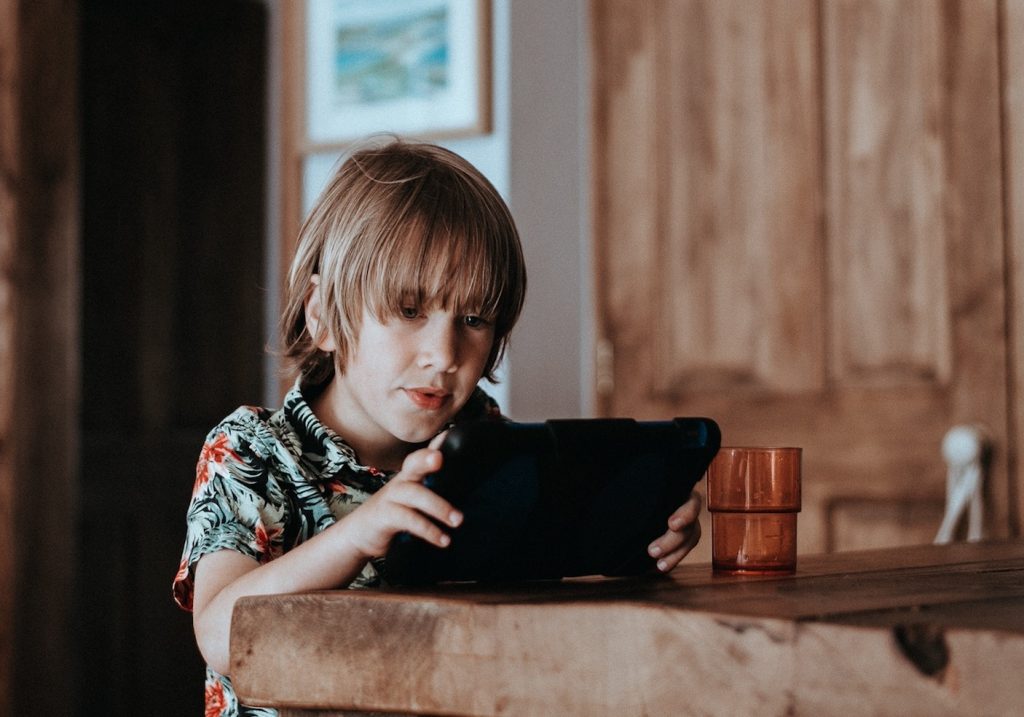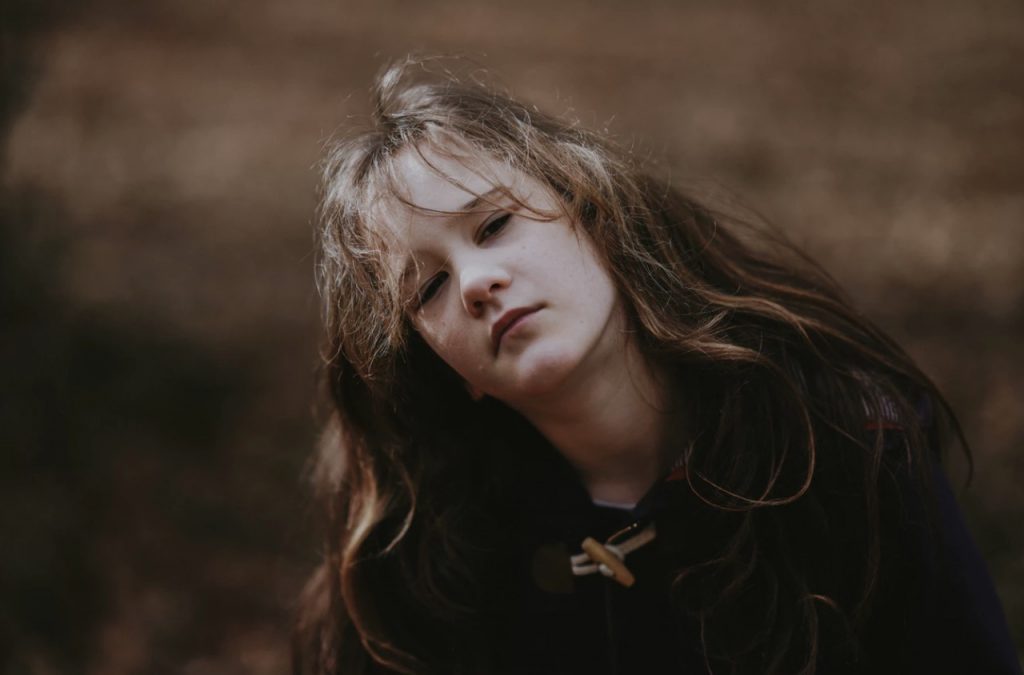After horrific events in the news, do you share your feelings w kids/students… or try to reassure by hiding your feelings? Or smoothing over feelings, eg, “I know it’s sad, but don’t worry, it will be better soon.”
How can we talk with children about these difficult feelings?

If we, as adults, find it hard to process the horrors we are encountering, that are becoming “normal” in so many places, how about little people? Or even teens?
Even very young kids get the news. It’s pervasive. So sheltering them, sadly, isn’t an option. What can we do?
Open up honest dialogue even when it’s hard.
Especially when it’s hard.
There’s a growing body of compelling emotions research which we can summarize as: Name it to tame it.
How to Start the Conversation About Painful Feelings
Try: “I’m feeling ________ about what I’ve been seeing in the news, how about you?”
(in the ____ put 1 feeling word, eg scared, sad, overwhelmed, mad)
Or: “When I heard something on the radio today about kids being hurt, I felt helpless and scared. How are you feeling?”
If their answer is likewise pained… Don’t “fix” your own or the child(ren)’s feelings — don’t treat those big important messages as if they are bad things. Our horror, rage, terror, disgust, anxiety, grief… these are moral feelings — they tell us about what’s truly important . We have big feelings like this when we perceive something is wrong. Use the feeling to clarify: What is it that you really object to? What important thing is being blocked, taken, destroyed? When you get that clear, you can direct the feelings toward change… and then the feelings become a tremendous source of clarity and energy.
What if Kids Don’t Talk About Their Feelings?
BTW, often kids (and adults) don’t have words to express big feelings. Instead, draw a picture, find a picture in a magazine, use cards (like these eMotion Cards, ask what the feeling sounds like (voice, instrument), use metaphors (“is your feeling more like a puffy soft cloud or a big dark cloud?”)
You can also download this simple chart of emotions and the purpose each serves, it’s good for all of us to have a logical framework to understand the meanings of feelings:
Click here to download the chart of feelings and meanings
This chart also works with teens. With older kids, you can also use cards (eg these Mixed Emotions Cards) or magazines, but often the issue is that they’re so overwhelmed by the feelings, they won’t talk with adults. After all, most of the terrible things that are happening in the world is the fault of adults… so their distrust, while perhaps misplaced on an individual level, has some merit. Getting teens talking to one another can be helpful, but sometimes they stir one another toward greater angst rather than really listening. So small groups may be better. Or, simply leaving space. As we say in coaching, “let silence do the heavy lifting.” Share your feelings, and wait.

And… just like us… smaller people often don’t feel comfortable taking about feelings. Especially big, complicated, messy feelings. So don’t try to have a “big conversation” when you’re in a rush, or around not-fully-trusted people, or when there are other priorities… you won’t get much answer. Go for a walk or a drive, listen to quiet music, do a puzzle on the floor together, lay on the grass and see animals in the clouds… and share then.
What If They’re Not Upset?
Children are often focused on what’s immediately present. Earthquakes and genocides and school shootings may register and, likely upset them — but when tragedies are far away, kids may move on very quickly. Even when their beloved grandfather died, my children were not sad nonstop — they were sad in bursts, then then were caught up in life.
This ability to engage in feelings, let them flow, and move on, is precious. I believe it’s our natural state – for emotions to flow like water, or pass like a summer thunderstorm. Real, visceral, meaningful, and transient. So if your child’s answer is, “I’m happy because I just got a high score on ____” (insert game d’jour), that’s also fine.
As described above, there’s no need to “fix” these feelings either. Happiness is wonderful, but so is sorrow (here’s more about this way of thinking about feelings). Don’t send an unintended message of, “wow, it’s a good thing you’re happy because it would be bad to be sad.” Just acknowledge the feelings, whatever they are.
“Thanks for telling me. I love you sweetheart.”
And then let’s get to work changing the world for the better, so we can have less of these conversations.
Photos by Annie Spratt on Unsplash
- Knowing Isn’t Coaching: Three Emotional Intelligence Tools for Professional Coaches - April 3, 2024
- Coaching Down the Escalator: 3 Emotional Intelligence Tips forCoaches to Reduce Volatility & De-escalate Conflict in a Polarized World - March 6, 2024
- Dr. Daniel Goleman Explains the History of Emotional Intelligence - February 29, 2024


Joshua Freedman,thanks so much for the post.Really thank you! Keep writing.
Thank you, Josh!! Much needed article
Great piece, Josh!